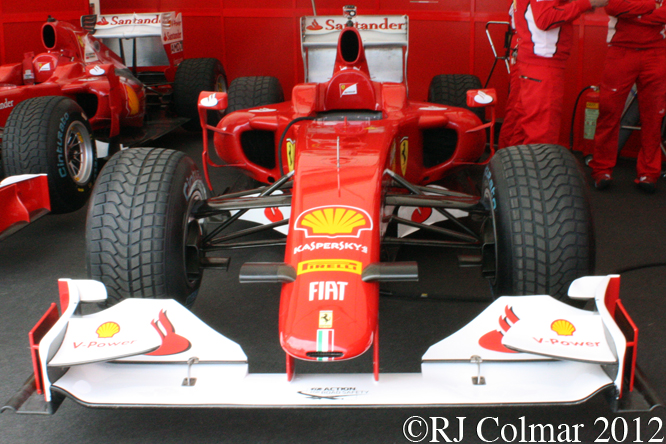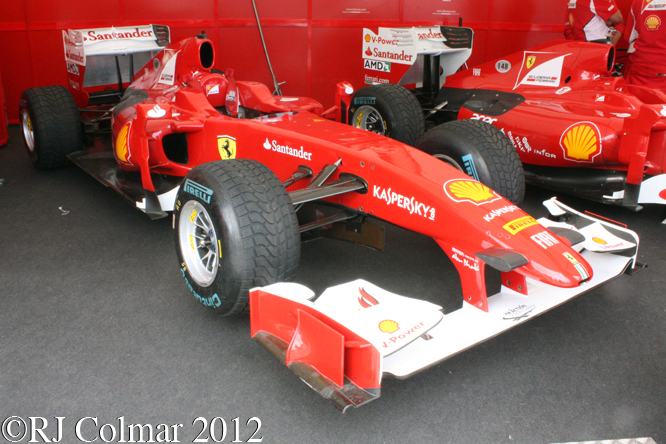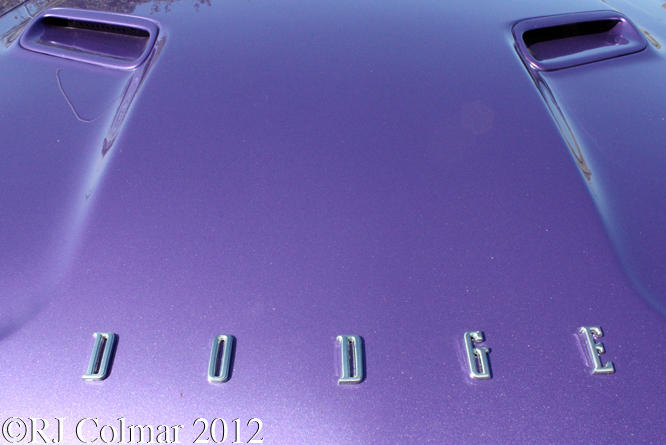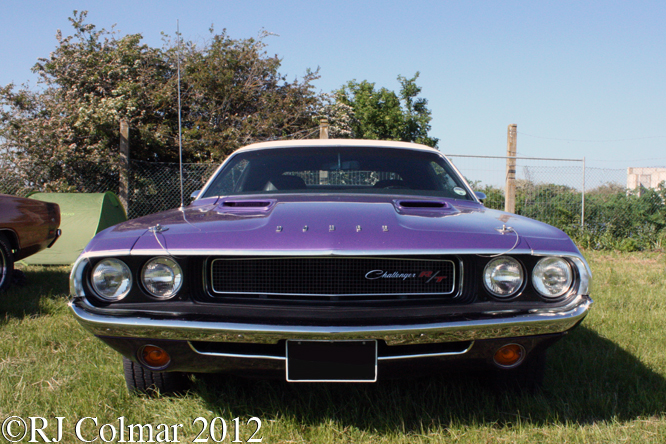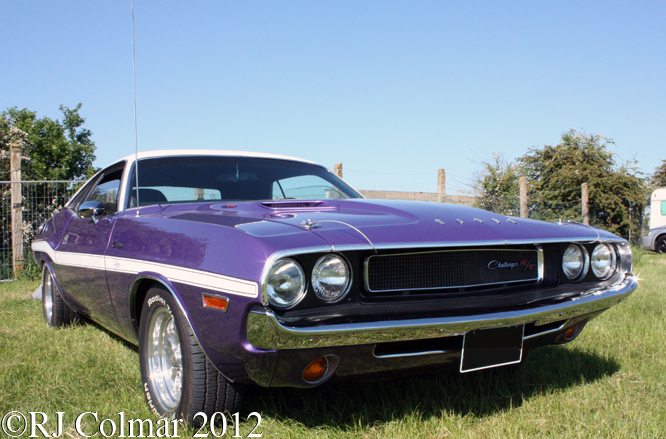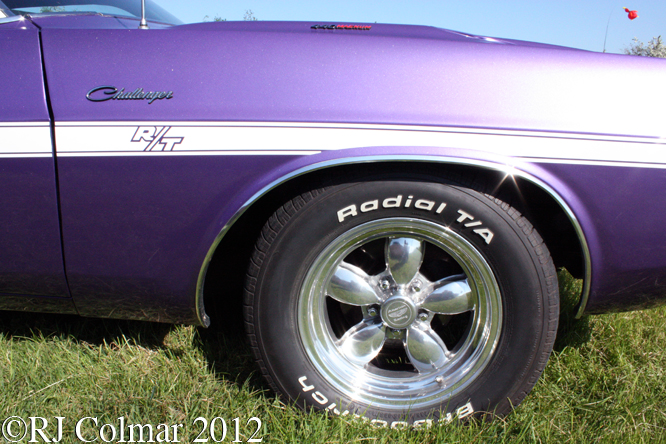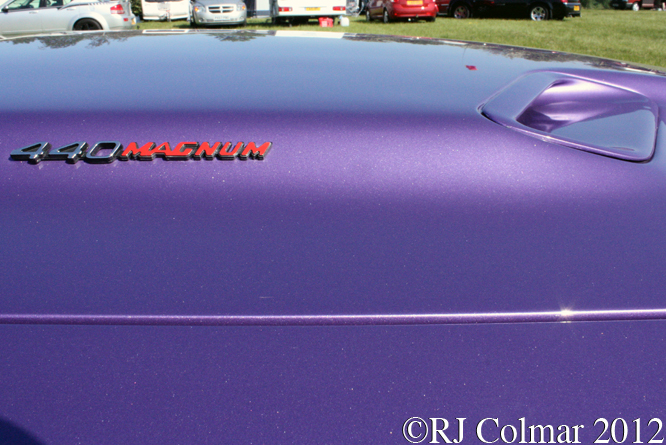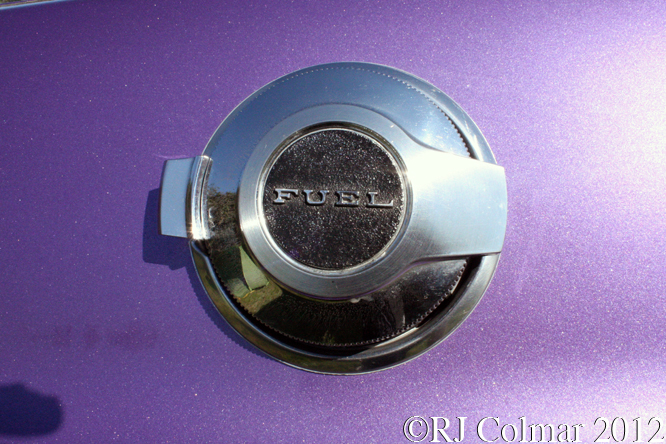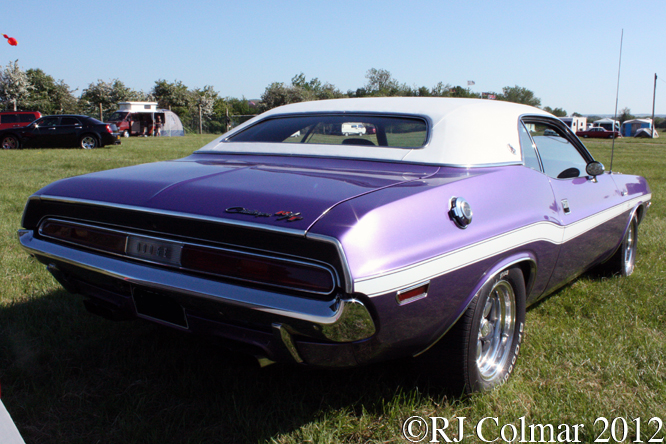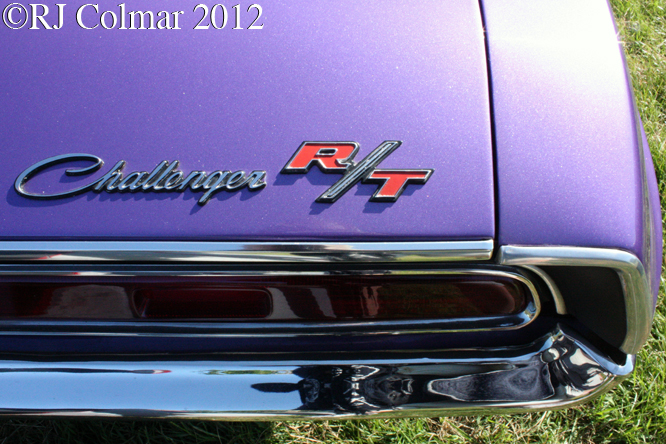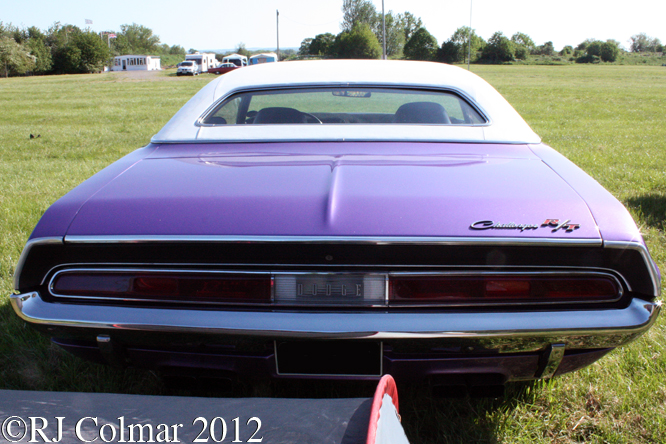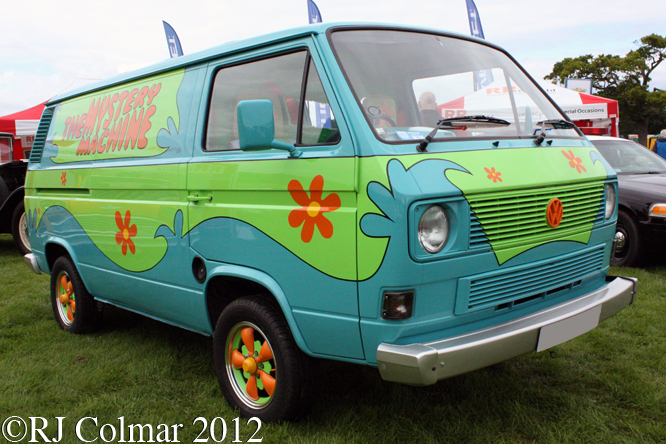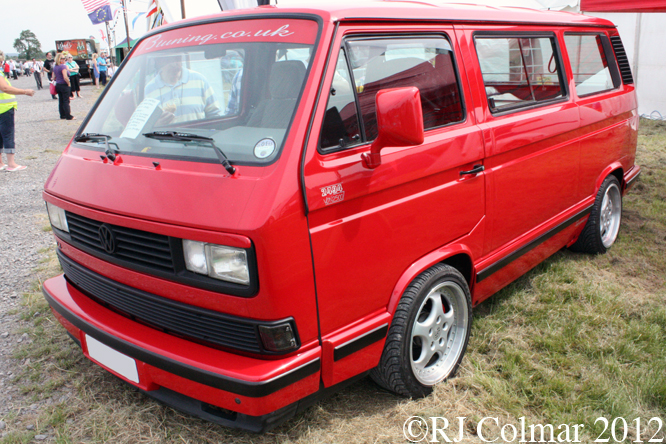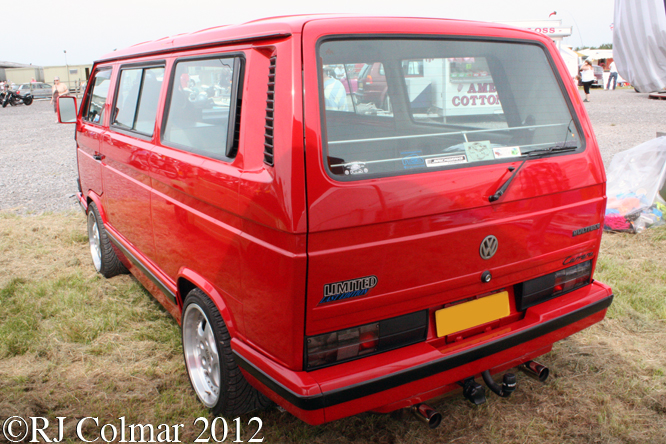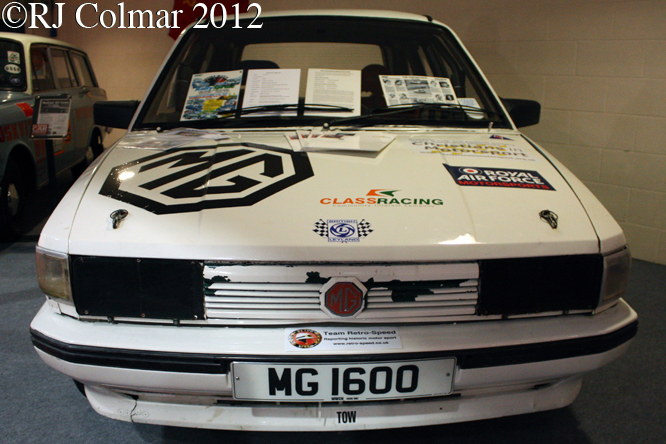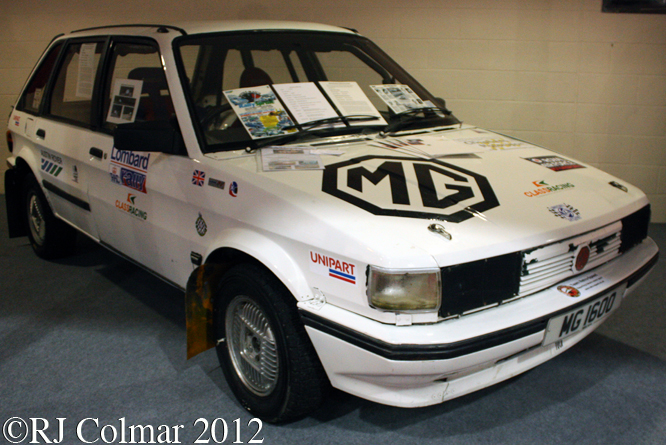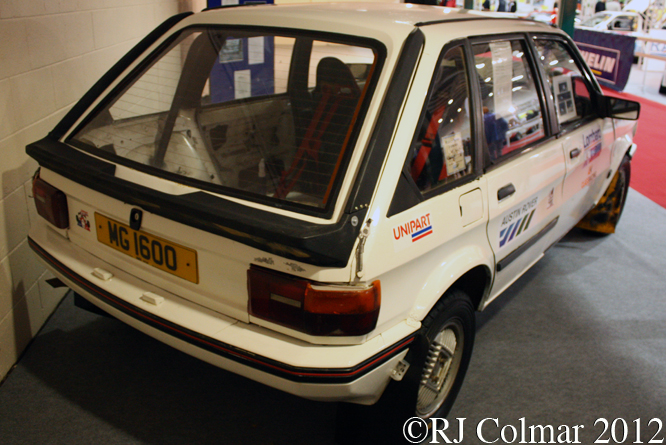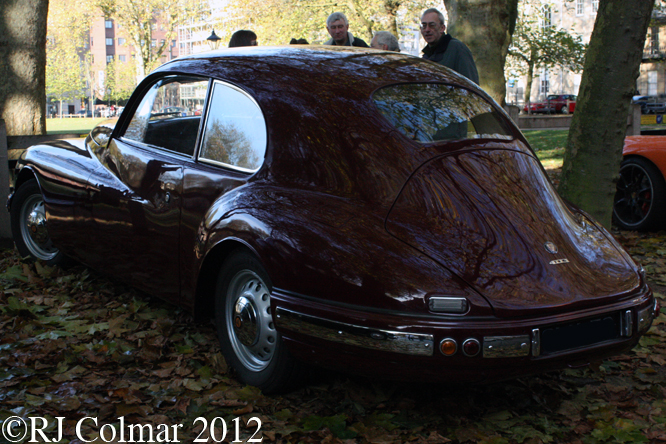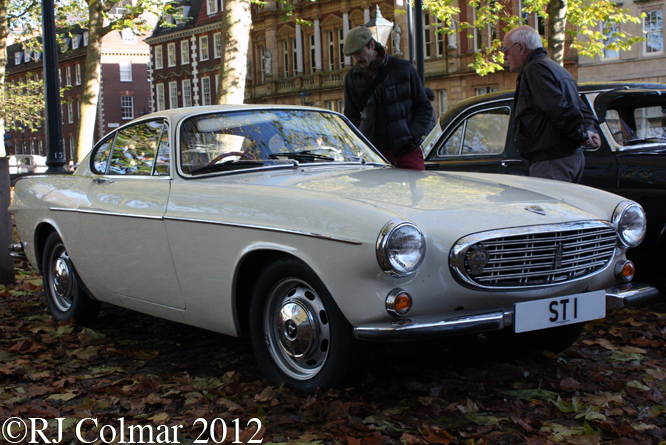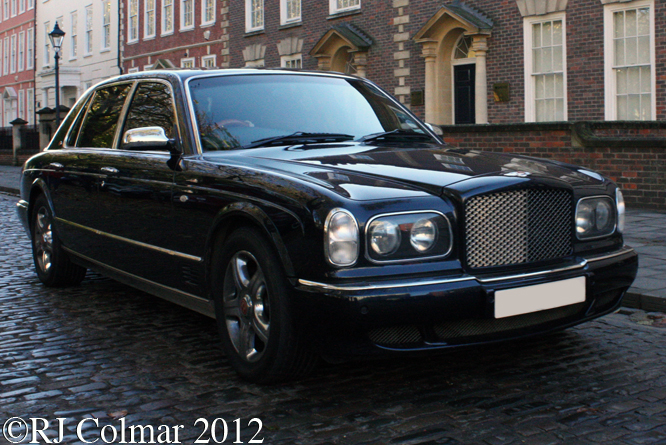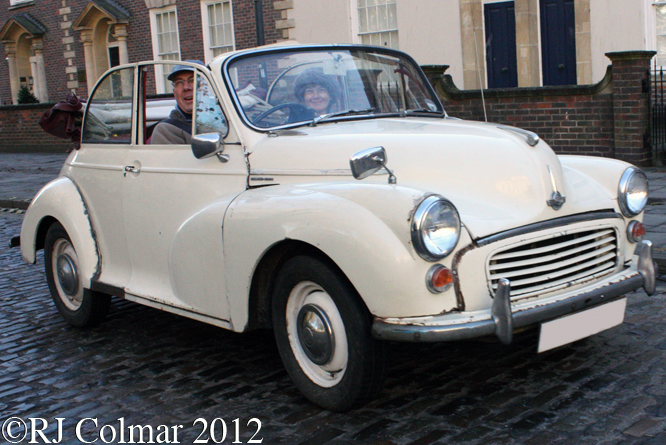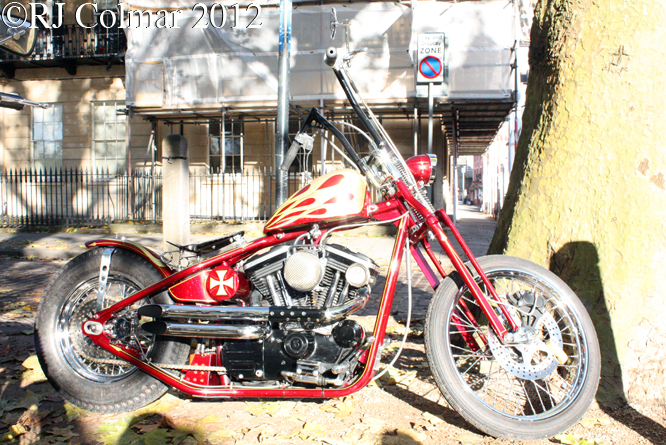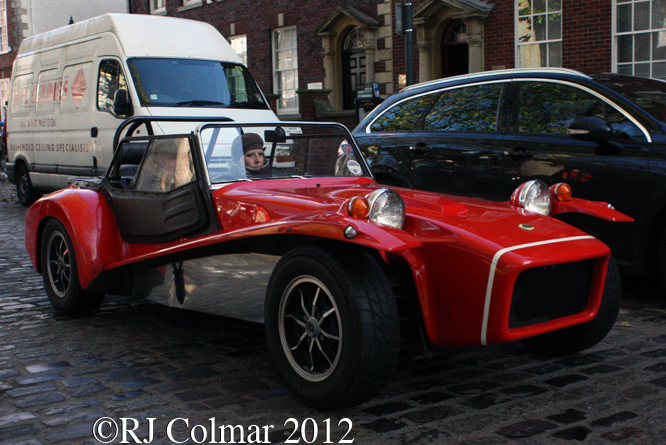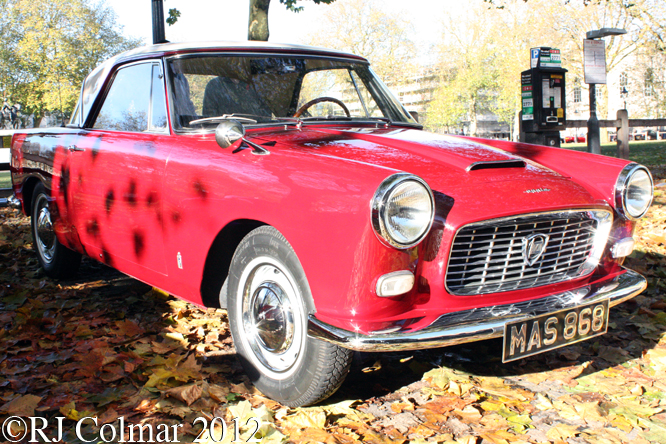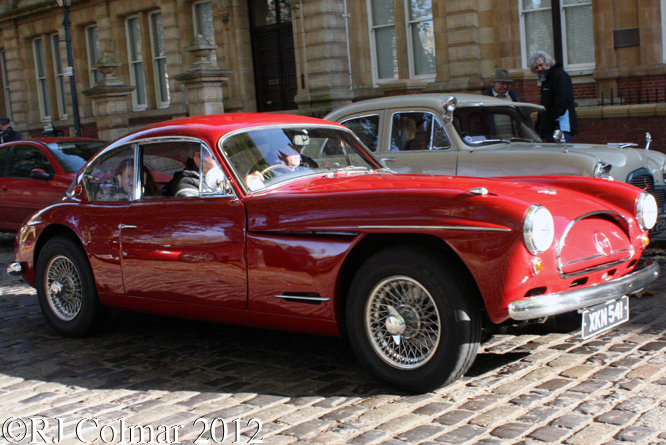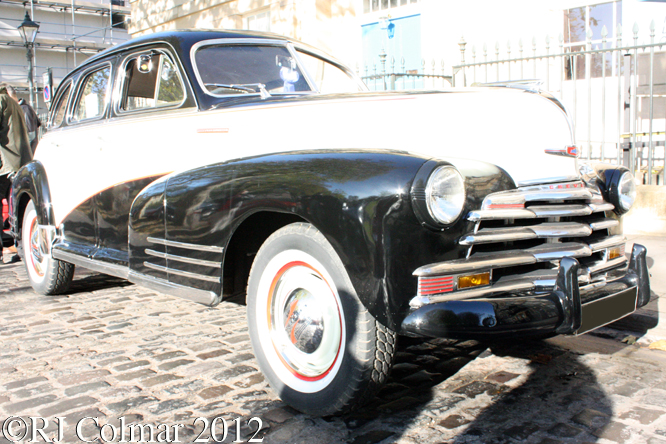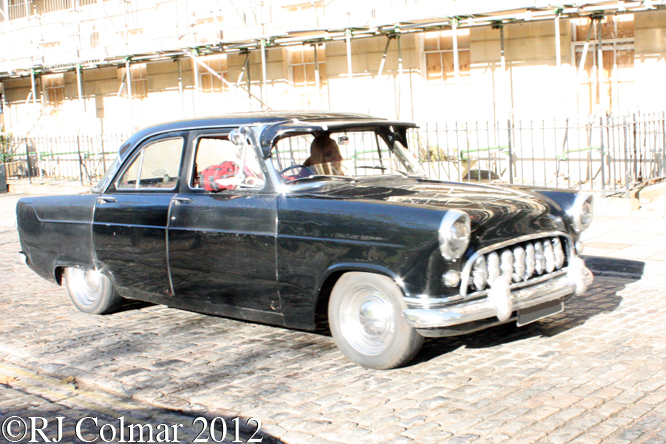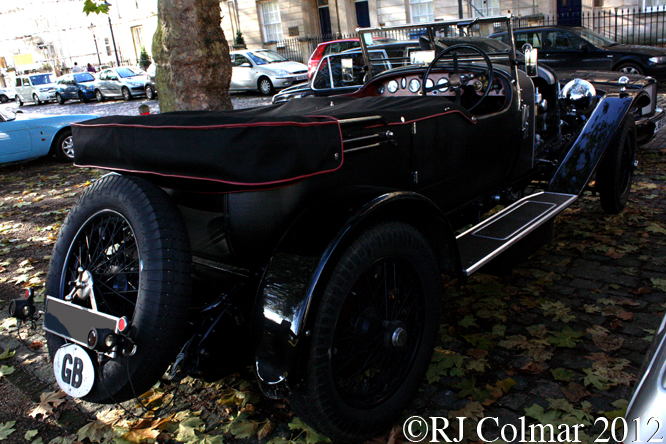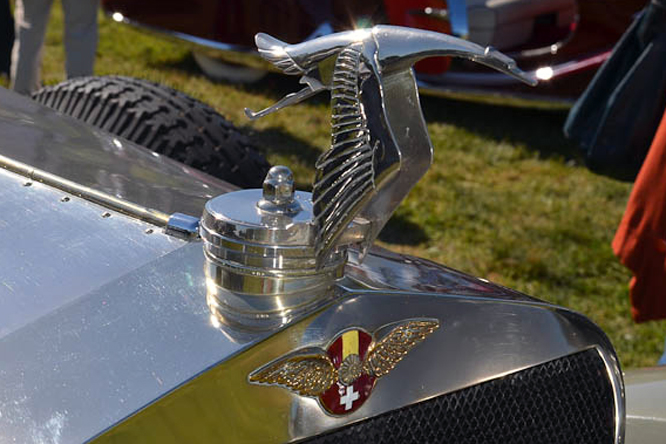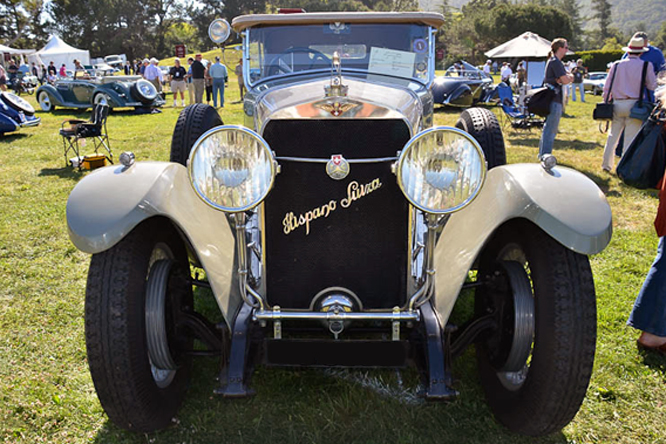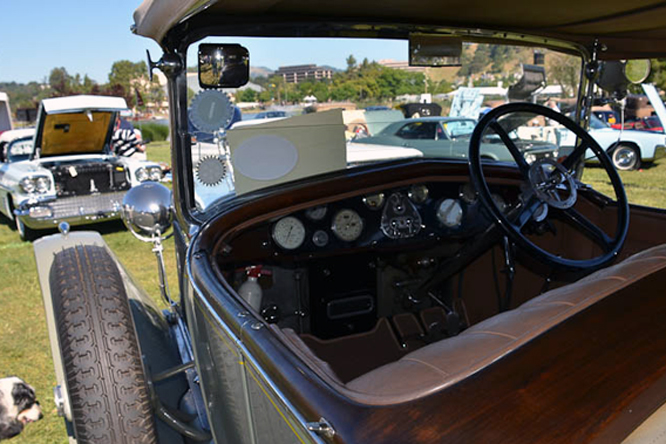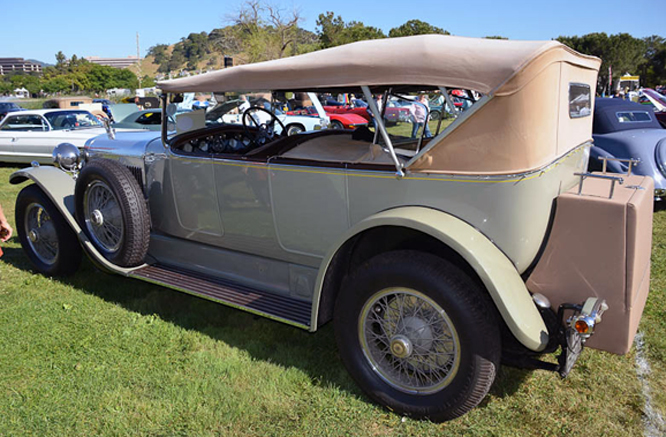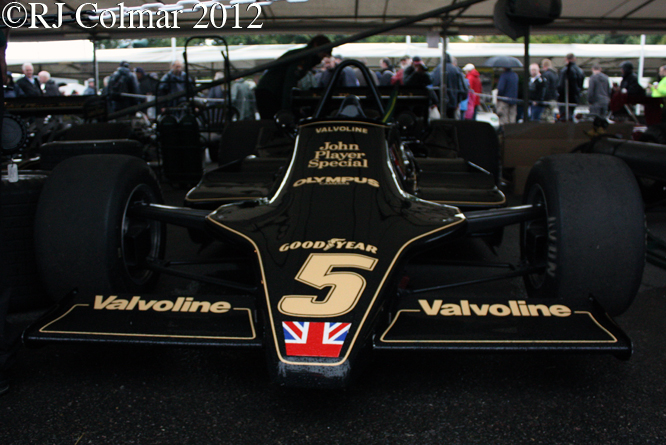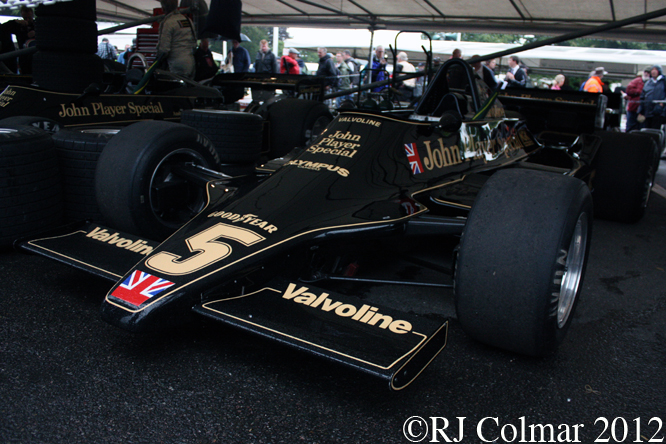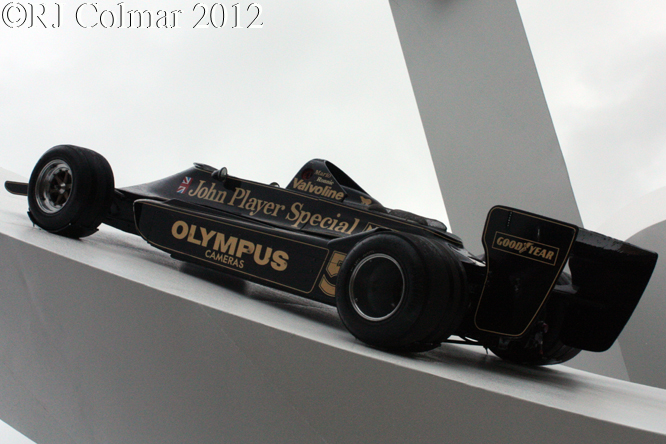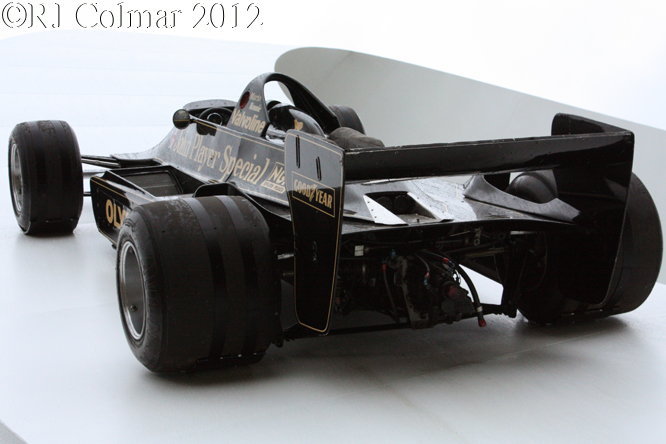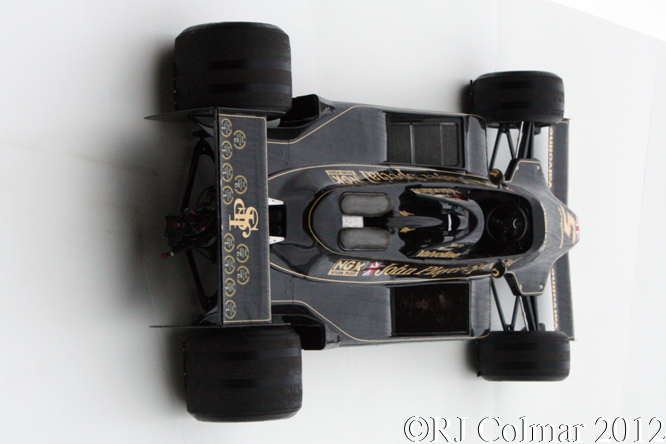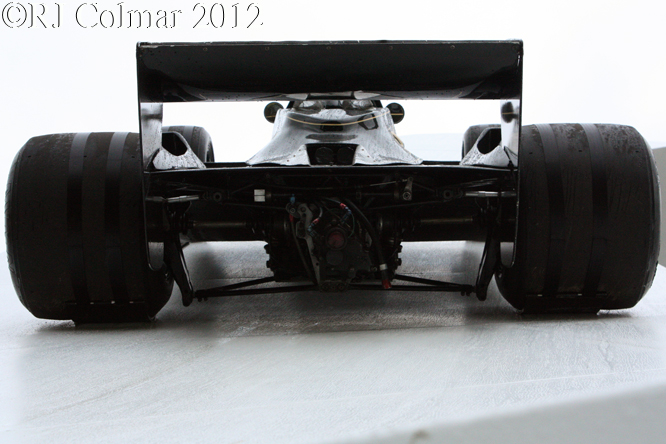2009 marked the 60th season of Ferrari’s participation in Formula One and to mark the fact they gave there 55th Formula challenger the F60 name. After winning the Championship in 2007 with Kimi Räikkönen in and Massa and Räikkönen finishing 2nd and 3rd in the championship in 2008 hopes were high the the F60 would return Ferrari back to the top of the pecking order in 2009 but they were to be disappointed.
The F60 was simply not reliable enough or fast enough to compete with the wonder car from the fledgling Brawn GP team that was being run on the money that would have made most of it’s employees redundant from former owners Honda had the brave Mr Brawn not stepped in to try and save the team and workforce. Red Bull were also proving a difficult combination to beat with Adrain Newey in the design office and Sebastian Vettel learning his trade behind the wheel at a scintilating pace.
Even with the supposed advantage of a Kinetic Energy Recovery System (KERS) which only Ferrari and McLaren pursued with any commitment while other teams carried ballast in the absence of such systems Ferrari only managed one win all year when Kimi Räikkönen won the Belgian Grand Prix after a certain newcomer called Romain Grosjean knocked championship leader Jenson Button out an accident which also stopped the progress of Lewis Hamilton on the opening lap.
The win would be Räikkönens last for Ferrari as the team elected to buy Kimi out of his contract for a staggering US$15 million over two years so that they could get Fernando Alonso out of the blemished Renault Team for 2010.
Kimi went rallying in 2010 and 2011 without much success and put in a couple of appearances in the NASCAR Camping World Trucks Series and Nationwide Series driving Perky Jerky Toyota’s prepared by Kyle Busch Motorsport last year.
This season Kimi returned to Formula One full time with the Genii team, the remains of the disgraced Renault team that Alonso left in 2009 which now operates under license as the Lotus F1 team. Last time out in Abu Dhabi Kimi won a thrilling race and so should be in good form for the return of the US Grand Prix to the World Championship Calender in Austin Texas this weekend.
Note that in 2009 all the Formula One teams were running Bridgestone Tyres not with the Pirelli’s seen here and that Santander did not become a Ferrari sponsor until 2010 when Fernando Alonso arrived to drive for the team.
Thanks for joining me on this “60 Years In Formula One” edition of “Getting a li’l psycho on tyres” I hope you will join me again tomorrow when I’ll be looking at the 1979 Formula One challenger from Team Lotus. Don’t forget to come back now !

